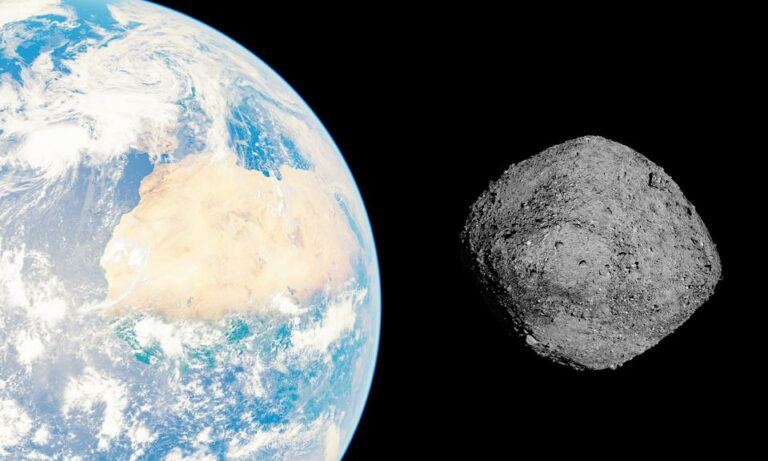A large near-Earth asteroid, 2025 FA22, is set to make a close but safe flyby of Earth on Thursday, September 18, astronomers have confirmed.
According to a report by Forbes on Tuesday, the asteroid, roughly 120–280 meters in diameter — about the length of two football fields — will pass at a distance of 523,000 miles (842,000 kilometres), more than twice the distance between Earth and the Moon.
Scientists say such a close approach by an object of this size occurs on average once every 10 years.
“While this is an absolutely safe approach, it is still remarkable: a similarly close encounter, involving an object of that size coming that close, happens on average one time every 10 years,” said astronomer Gianluca Masi at The Virtual Telescope Project.
Discovered in March 2025 by the Pan-STARRS 2 telescope, 2025 FA22 was initially listed as a potential impact risk for 2089 but was later removed from the European Space Agency (ESA) Risk List after further observations refined its orbit.
According to ESA, “At its closest point to our planet, it will be just over twice as far away as the Moon.”
Astronomers note that if an asteroid of this size were to strike Earth, it could create a crater about 2.5 miles (4 kilometres) wide, though there is no danger from this flyby.
The asteroid will reach magnitude 13.2 between September 18 and 22, making it visible with small backyard telescopes.
The Virtual Telescope Project will provide a free online livestream in Tuscany, Italy, starting at 03:00 UTC on September 18, accessible globally, including to Nigerian viewers.
“This event offers a rare opportunity to observe a large near-Earth object safely while highlighting the importance of monitoring potentially hazardous asteroids,” Masi added.


